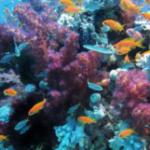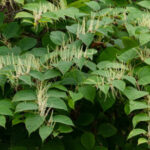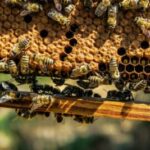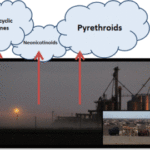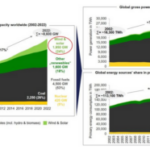January 15, 2025 Global Warming
It is unfounded alarmism to report that climate change is harming the camel industry.
Somali camels are not endangered
For centuries, Somali pastoralists have relied on camels for their families’ livelihoods, transportation, and social status.
In recent decades, camel breeding has become a very profitable business.
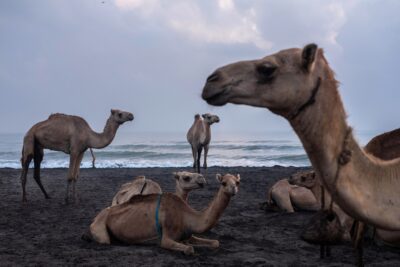
Yet the mainstream media, using images of arid lands, would have us believe that even this thriving activity is threatened by man-made climate change.
Camels, also known as “ships of the desert“, are extraordinary creatures perfectly adapted to living in arid, wind-swept regions around the world.
In the arid lowlands of East Africa, from the sandy plains of Somalia and Sudan to the rugged terrain of Ethiopia, across the plains of Kenya and into the desolate wilderness of Djibouti, these majestic animals are carefully tended and their presence is a testament to the long tradition of camel breeding in these lands.
More than 35 percent of Somalia’s livestock are camels, and more than half of the population depends on income from the sector, which accounts for more than 50 percent of the country’s gross domestic product.
Camels are also the leading item in Somalia’s livestock exports.
In the Benadir region, an estimated 31.2 percent of households consume camel meat once a week, while 68.8 percent do so once a month.
Even in Ethiopia, camels are the most economically important livestock in some regions.
Given the importance of camels to these communities and the frequency of droughts in the region, apocalyptic stories with images of arid landscapes can be effective tools for spreading fear of climate change.
A TRT World report entitled “Just2Degrees : How Climate Change Affects Global Security” states that global warming is destroying Somali pastoralist communities and their ability to raise camels profitably.
But the reality is different.
Instead, Somalia’s camel population has increased in recent decades, thanks to ideal breeding conditions and increasing economic incentives for farmers to sell camel meat and milk.
Camel populations doubled between 1961 and 2020 in northern and western Africa (Algeria, Tunisia, southern Morocco or former Western Sahara, Mauritania, Burkina Faso) and the Horn of Africa (Sudan, Ethiopia, Somalia).
In Mali, Niger, Chad, Nigeria, Kenya and Djibouti, populations have increased 12-fold since 1963.
Scientists also believe that “despite a likely underestimation of the world’s camel population (estimated at about 40 million head in 2020), its growth is higher than that of other livestock herbivores“.
It follows that the impact of drought in the region has been overestimated.
In fact, recurrent drought has always been a problem in rural Africa.
For example, the catastrophic Ethiopian famine of 1888-1892 killed one in three Ethiopians, a dark period known as “kifu qan‘” or “evil days“.
In addition, diseases and poor breeding practices are the real problems for camel breeding.
In a recent survey conducted in the Benadir region of Somalia, 92 percent of pastoralists said that camel diseases were the main obstacle to their production.
As a result, scientists who have analyzed the genetic diversity of the camel population in Somalia have stated that “genetic improvement of camels will lead to an increase in their productivity, including the development of specialized breeds for meat, milk and leather production”.
Once again, reports that climate change is harming camel herding prove to be nothing more than unnecessary scaremongering that exaggerates the impact of weather conditions while ignoring the real problems facing this important activity.







